US commercial crude oil inventories dropped -1.6m barrels in the week ending September 18. At 494.4m barrels, inventories are about 13% above the five year average for this time of the year. Gasoline inventories dropped -4.0m barrels. Distillate dropped -3.4m barrels. Propane/propylene inventories rose 1.7m barrels. Commercial petroleum inventories dropped -7.5m barrels.
WTI trades mildly higher after the release. The rebound form 35.98 lost momentum and pull back after hitting 41.43. But retreat was then contained at 38.66. Overall, it’s staying in a consolidation pattern below 43.50 medium term top, gyrating around a flat 55 day EMA. More sideway trading would be seen and the path could be quite unpredictable. But in any case, we’re not expecting a break of 43.50 for the near term. In case of another fall, downside should be contained by 34.36 support to bring rebound.
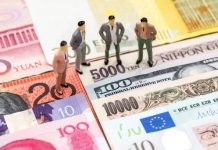



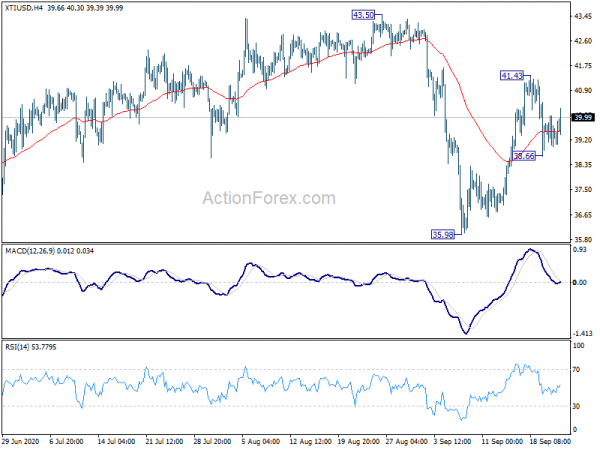
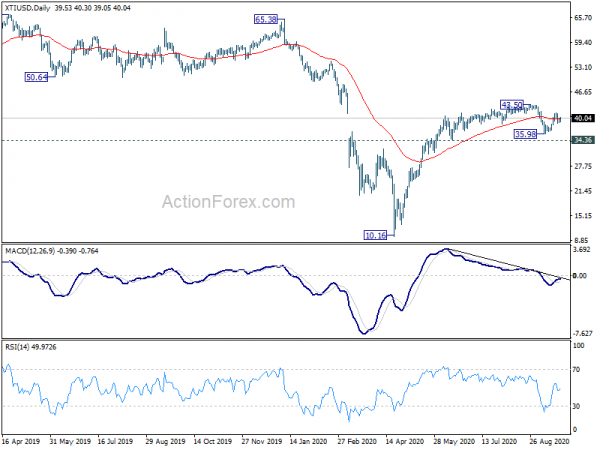


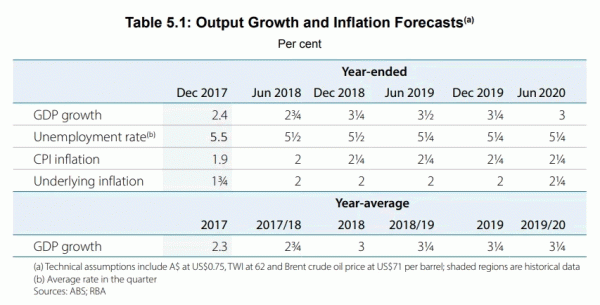
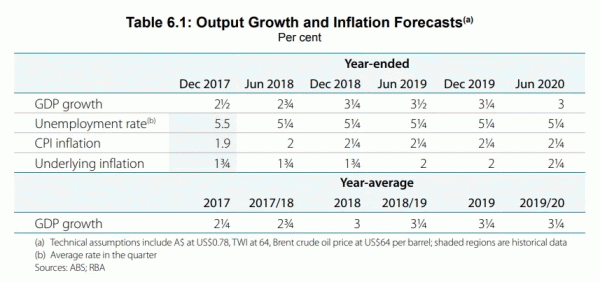
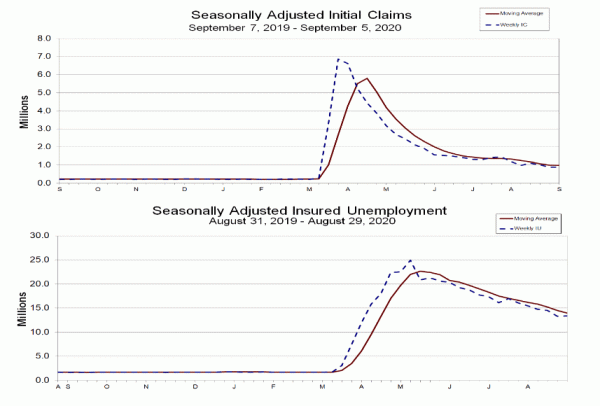

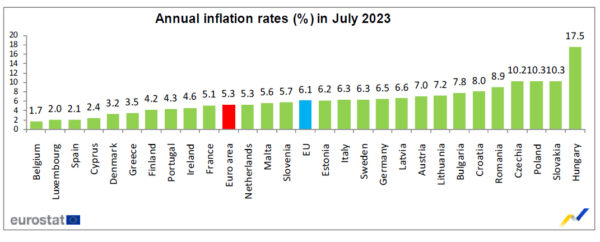
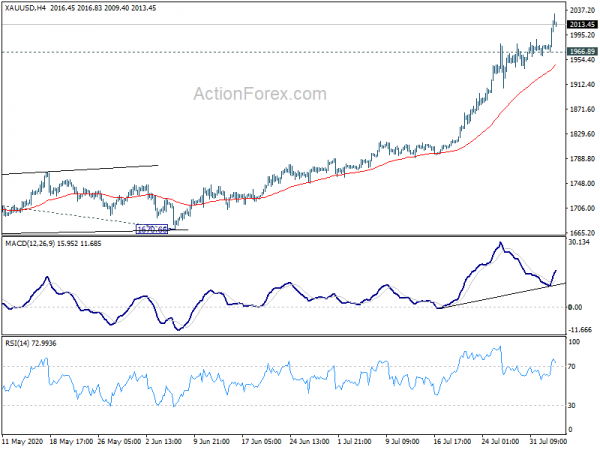
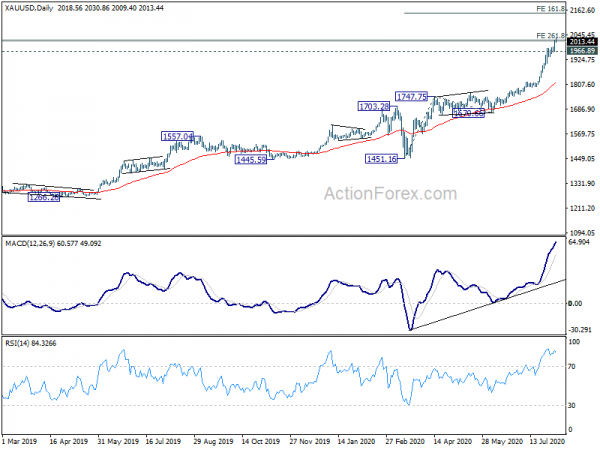
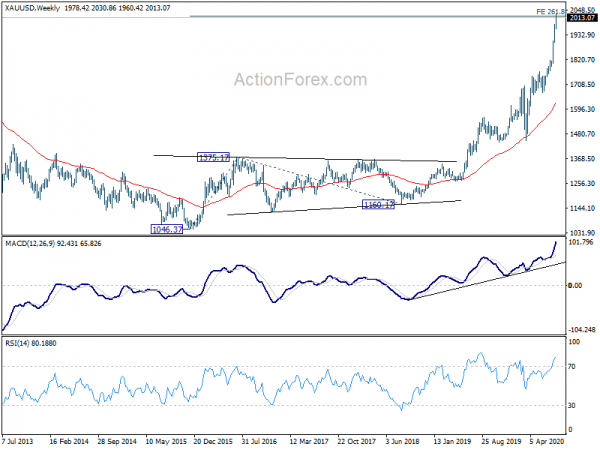
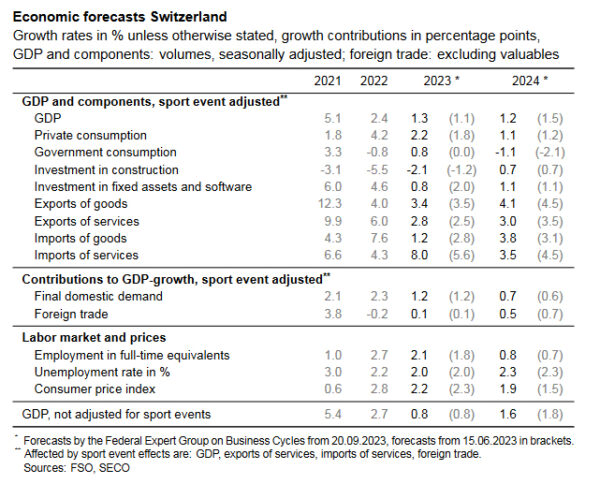
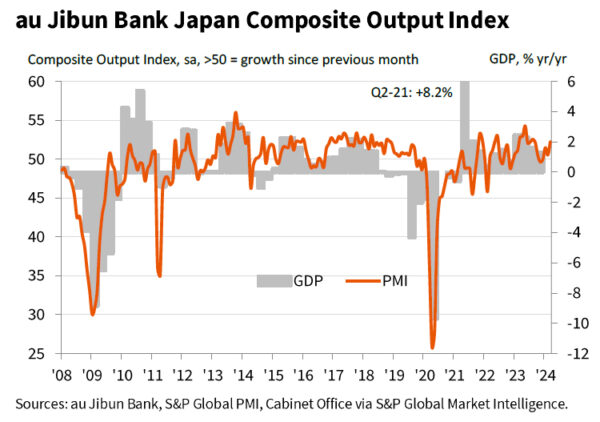
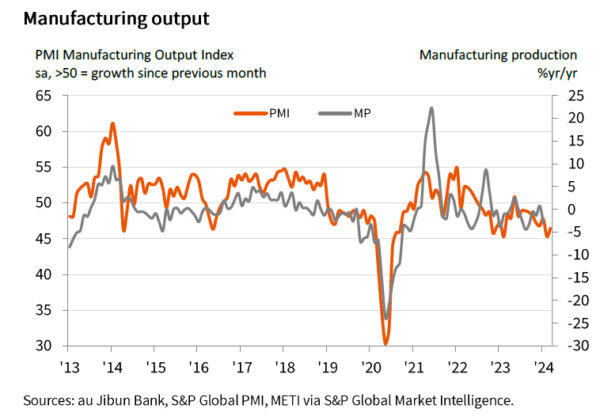
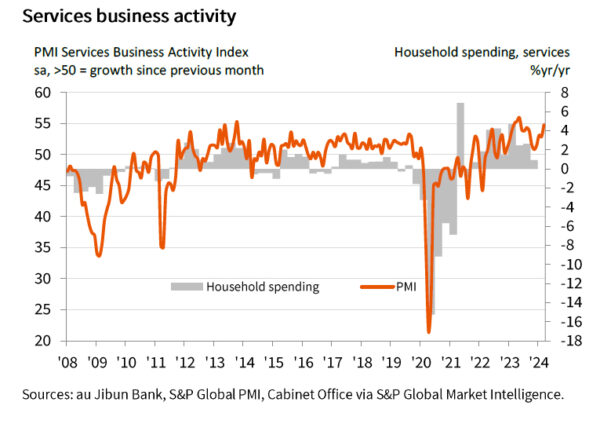
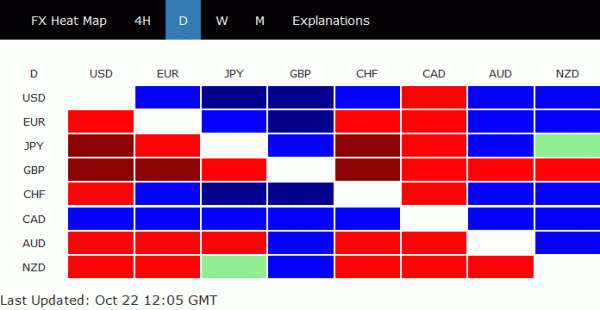
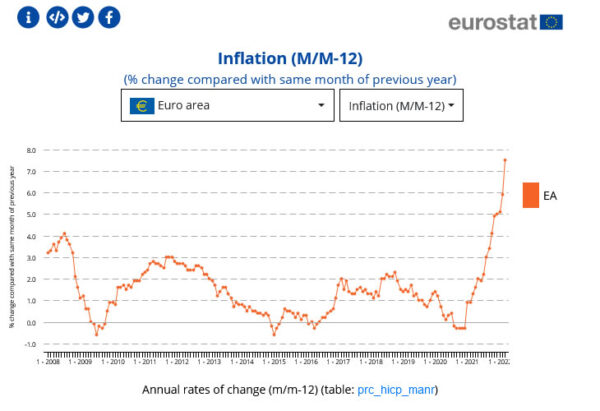

Eurozone economic sentiment indicator rose to 95.8 in Dec
Eurozone Economic Sentiment Indicator rose from 94.0 to 95.8 in December. Industry confidence rose from -1.9 to -1.5. Services confidence rose from 3.1 to 6.3. Consumer confidence rose from -23.9 to -22.2. Retail trade confidence rose from -6.6 to -3.6. Employment Expectations Indicator was unchanged at 107.3. E Economic Uncertainty Indicator dropped from 28.5 to 27.5.
EU Economic Sentiment Indicator rose from 92.7 to 94.2. Employment Expectations Indicator dropped from 106.3 to 105.9. Economic Uncertainty Indicator dropped from 27.9 to 26.9. Amongst the largest EU economies, the ESI increased in Germany (+2.0), Spain (+1.9), the Netherlands (+1.5), Italy and Poland (both +0.9), while it eased again in France (-1.3).
Full release here.